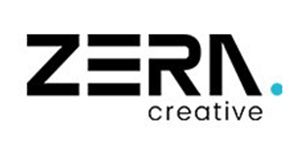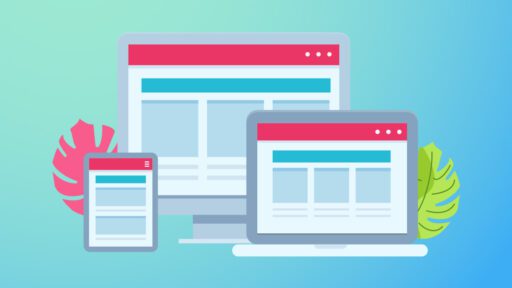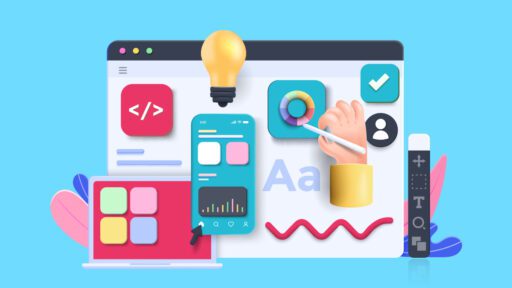When designing a website, there are inevitable mistakes that should be avoided to ensure a positive user experience and achieve the desired results. Thus, it is crucial to be aware of these mistakes and take steps to prevent them.
This article will examine some typical website design mistakes to avoid, including cluttered design, slow loading times, inconsistent branding, and unclear calls to action.
By avoiding these mistakes, you can create a website that effectively communicates your message and meets the needs of your users.
If you are also looking to create a website to engage your visitors and help you achieve your business goals? Avoid these 7 common website design mistakes that could be hindering your success.
1. Poor Navigation
Poor navigation on your business website can significantly impact your visitors’ experience, leading to frustration and possibly causing them to leave your site without engaging with your content or taking the desired action. Here are a few ways in which poor navigation can impact your business website:
Difficult to Find Information: If your website’s navigation is user-friendly, visitors may be able to find the information they’re looking for, such as your products or services, pricing, or contact information. This can lead to frustration and potentially result in a lost opportunity for a sale or lead.
High Bounce Rates: Visitors may quickly leave and look for information elsewhere if they can’t easily navigate your website. This can result in high bounce rates, negatively impacting your website’s search engine rankings and making it harder for potential customers to find your site.
Decreased User Engagement: Poor navigation can decrease user engagement on your website, causing visitors to spend less time and explore fewer pages. This can negatively impact your overall user experience and lead to a decrease in conversions and sales.
2. Over-Complicated Design
An overcomplicated design can hurt your customers and users in several ways:
- It can distract users from your website’s central message or content, leading to confusion and disengagement.
- An overcomplicated design can slow down your website’s loading times, negatively impacting the user experience and search engine rankings.
- An overly complex design can make your brand appear unprofessional or outdated, harming your credibility and reputation.
- An overcomplicated design can create a barrier to entry for users with disabilities or limited access, making your website inaccessible to a potentially significant portion of your audience.
3. Lack of Mobile Optimization
A lack of mobile optimization on a business website can result in a poor user experience for mobile users, leading to frustration and potentially causing them to leave your site. This can result in lost opportunities for sales and lead generation.
A lack of mobile optimization can also harm your rankings, as search engines prioritize mobile-friendly sites. It can also damage your brand’s reputation and credibility, as users may perceive your business as outdated or unprofessional.
To avoid these negative impacts, leading web design agencies ensure that your website is optimized for mobile devices with a responsive design is essential.
4. Slow Load Times
Slow load times can damage a business website’s user experience, potentially causing users to leave the site before engaging with the content. This can result in lost opportunities for sales and lead generation.
Additionally, slow load times can harm your rankings, as search engines prioritize sites that load quickly. This can make it harder for potential customers to find your site, further impacting your business.
Optimizing your website for fast load times by compressing images, minimizing code, and using a content delivery network (CDN), among other strategies, is essential to avoid such drawbacks.
5. Inconsistent Branding
Inconsistent branding can negatively impact your business by confusing your audience and diluting your brand message. When your branding is unpredictable, it can be difficult for your audience to recognize and differentiate your business from competitors.
This can harm your brand’s credibility and reputation, decreasing customer loyalty and sales. Consistent branding can also make establishing a cohesive brand identity easier, making it more challenging to build a strong brand image and convey a clear message to your audience.
6. Poor Content Layout
The poor content layout on your business website can break the flow of your audience’s user experience and decrease engagement and conversions. A cluttered or confusing design can make it difficult for visitors to find the information they’re looking for, leading to frustration and potentially causing them to leave your site without action.
The poor content layout can make it harder to convey your brand’s message and differentiate yourself from competitors. This can harm your credibility and reputation, leading to a decrease in customer trust and loyalty.
7. Lack of Contact Information
Contact information on your business website can help your website’s success in several ways:
- It can make it difficult for potential customers to contact you, resulting in missed sales and lead generation opportunities.
- A lack of contact information can help your website’s credibility and trustworthiness, as visitors may question the legitimacy of your business with a straightforward way to contact you.
- It can harm your rankings, as search engines prioritize sites that provide clear and accurate contact information.
By avoiding these common website design mistakes, you can create a website that effectively engages your visitors and helps you achieve your business goals.
Final Thoughts
Website design that aims to provide a positive user experience and achieve its intended purpose should avoid inevitable mistakes. A cluttered design can make it easier for users to navigate and find the information they need, while slow loading times can lead to frustration and abandonment of the site.







